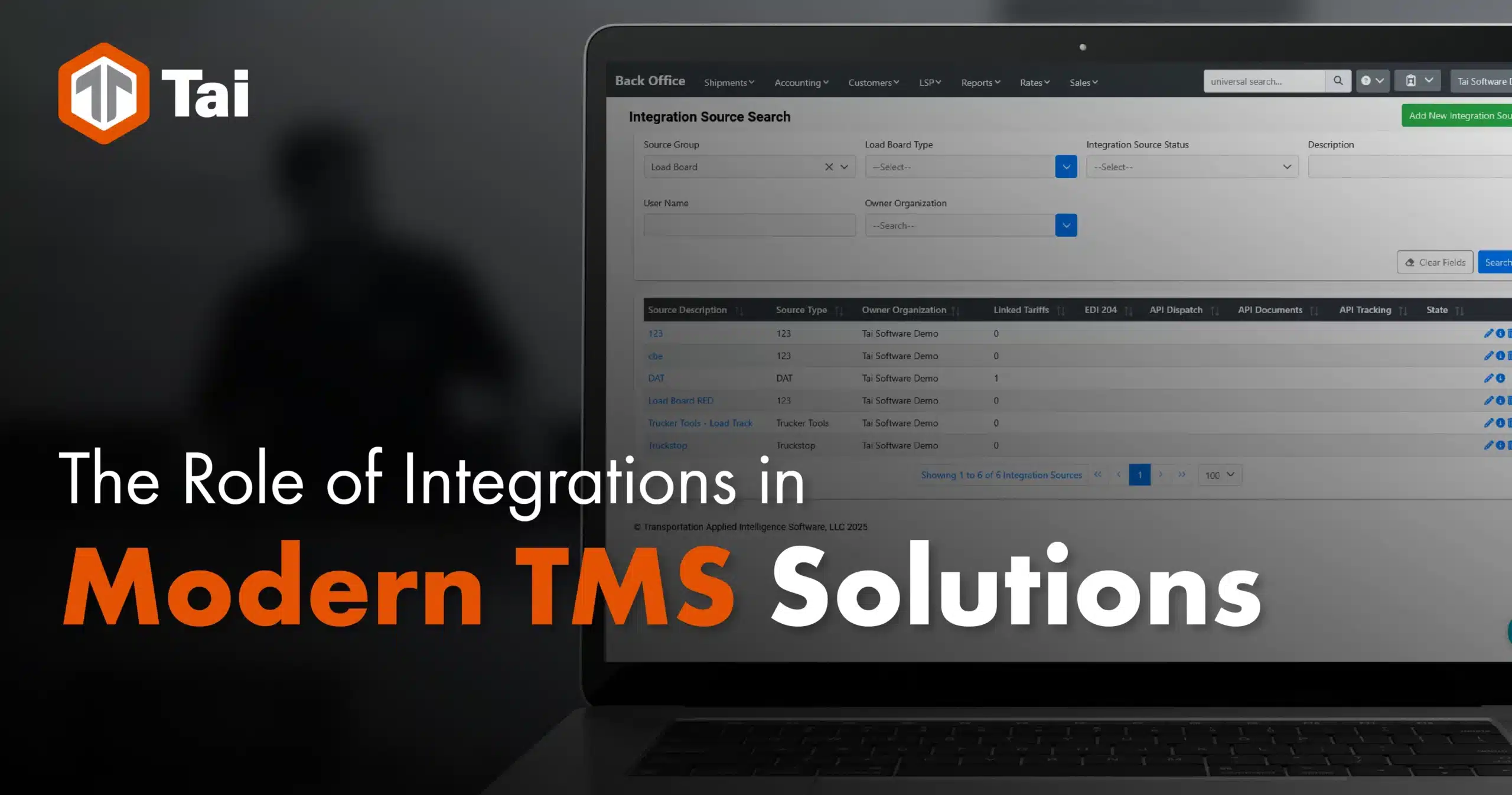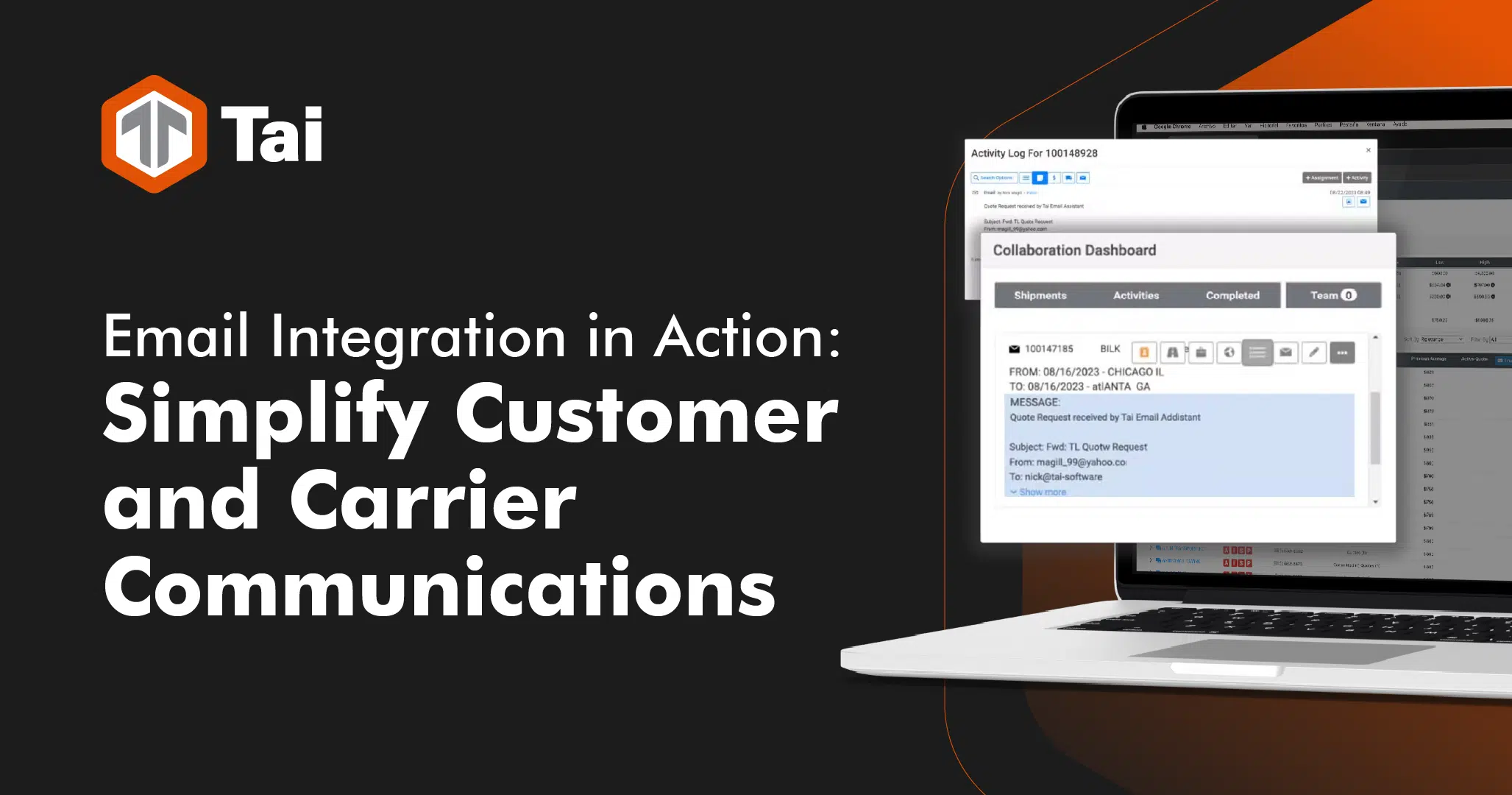Efficiently finding load coverage is crucial for freight brokers and logistics companies aiming to enhance productivity and profitability. Load coverage refers to the process of finding carriers to transport freight from shippers to recipients. Ensuring consistent and reliable load coverage is vital for meeting client expectations, reducing operational costs, and maintaining competitive edges. Effective load coverage not only secures shipments but also optimizes operational efficiency and customer satisfaction. Let’s explore various strategies that will help you achieve seamless load coverage and stay ahead in the competitive logistics and freight brokerage industry.
Strategies for Efficient Load Coverage
1. Leverage Load Boards
Utilizing online load boards can significantly streamline the process of finding available carriers. Here are pivotal steps to maximize the benefits of load boards:
Choose Reputable Load Boards
When it comes to load boards, quality matters. Opt for well-established and reputable platforms to ensure access to a large network of reliable carriers. Here are some considerations:
- User Base: A reputable load board will have a large number of active users, both shippers and carriers, increasing your chances of finding suitable matches quickly.
- Reputation and Reviews: Research reviews and testimonials from other users to gauge the platform's reliability and effectiveness.
- Features and Tools: Look for load boards that offer advanced features and tools, such as real-time tracking, integrated communication channels, and analytics dashboards. These can enhance the efficiency of your operations.
2. Frequent Updates
Regular updates to your load postings are crucial for maintaining visibility and relevance. Here are some tips for keeping your listings up-to-date:
- Daily Updates: Update your load postings daily to ensure they appear at the top of the search results. This increases the likelihood of carriers noticing your loads.
- Status Changes: Quickly update any changes in load status, such as when a load is no longer available, to prevent carriers from wasting their time on outdated listings.
- Engagement: Actively engage with the platform by responding promptly to carrier inquiries and feedback. This shows carriers that you are proactive and serious about your shipments.
3. Detailed Load Information
roviding comprehensive and accurate details about your load is essential for attracting the right carriers. Be sure to include:
- Load Specifics: Clearly state the weight, dimensions, type of cargo, and any special handling requirements. This helps carriers determine if they have the capability to transport your load.
- Pickup and Delivery Details: Specify the exact pickup and delivery locations, including any special instructions for accessing the site. Provide estimated pickup and delivery windows to help carriers plan their schedules efficiently.
- Contact Information: Include up-to-date contact information so carriers can easily reach out to you for further details or to negotiate terms.
4. Filters and Alerts
Utilizing filters and setting up alerts can save you time and ensure you don’t miss out on potential matches. Here’s how to make the most of these features:
- Filter Criteria: Use filters to narrow down your search based on specific criteria such as shipment type, location, and carrier ratings. This helps you quickly find the most relevant carriers.
- Custom Alerts: Set up custom alerts to receive notifications when new carriers that meet your criteria become available or when there are updates on your postings. This proactive approach ensures that you can respond immediately, securing load coverage efficiently.
- Monitor Trends: Keep an eye on market trends and adjust your filters and alerts accordingly. This allows you to stay ahead of peak times, seasonal fluctuations, and changes in carrier availability.
5. Develop Strong Carrier Relationships
Building long-term relationships with reliable carriers is instrumental in securing load coverage efficiently:
- Repeat Business: Frequent and successful partnerships encourage carriers to prioritize your loads.
- Transparent Communication: Maintain open lines of communication regarding load specifics, expectations, and rates.
- Carrier Reward Programs: Implement reward programs to incentivize carriers for their consistency and reliability.
- ERP Integration: Seamlessly integrates with existing Enterprise Resource Planning (ERP) systems, ensuring a unified flow of information across the organization.
- API Support: Enables easy integration with third-party applications, expanding the functionality of the TMS.
- EDI Integration: Facilitates automated data exchange with trading partners, enhancing accuracy and efficiency.
6. Implement Advanced Technology
ransportation Management Systems (TMS) can significantly optimize load coverage processes, transforming how freight brokers and logistics companies operate. Implementing advanced technology within a TMS can make a substantial difference. Here’s how:
Automation
Automation within a TMS can drastically improve efficiency by handling repetitive, time-consuming tasks:
- Load Matching: Automatically match loads with suitable carriers based on predefined criteria such as route, capacity, and type of freight, reducing time spent manually searching for carriers.
- Dispatching: Streamline the dispatch process by automating assignments, allowing dispatchers to focus on ensuring optimal routes and managing exceptions.
- Communication: Automate notifications and updates to both carriers and clients about load statuses, reducing the likelihood of miscommunication and delays.
- Document Generation: Automatically generate and distribute essential shipping documents, such as bills of lading and invoices, ensuring accuracy and compliance.
Integration with Advanced Tools
A TMS that integrates with additional tools can further enhance efficiency and reliability:
- Rate Intelligence: By connecting with rate intelligence tools, a TMS can deliver real-time pricing data, helping logistics operators make informed decisions and optimize costs.
- Capacity Tools: These integrations enable users to access available capacity quickly, ensuring that loads are covered efficiently and effectively.
- Carrier Onboarding and Compliance: Integration with carrier onboarding tools streamlines the process of validating and onboarding new carriers. This ensures compliance with regulatory requirements and company standards.
Access to these integrated tools simplifies the load coverage process, making it faster and more reliable. The synergy of a TMS with these advanced technologies not only enhances operational efficiency but also provides valuable insights into market trends and carrier performance, ultimately leading to more strategic decision-making.
7. Real-Time Tracking
Real-time tracking capabilities are a game-changer for load coverage and overall logistics management:
- Shipment Visibility: Enable continuous monitoring of shipments from pickup to delivery. This helps in proactively managing any delays or issues that may arise during transit.
- Client Updates: Provide real-time updates to clients regarding the location and expected delivery time of their shipments. This enhances customer satisfaction by keeping them informed and managing their expectations.
- Driver Monitoring: Track driver locations and routes to ensure compliance with schedules and planned routes, enhancing overall efficiency and safety.
8. Data Analytics
Harnessing the power of data analytics within a TMS can provide deep insights and drive data-informed decision-making:
- Carrier Performance: Analyze carrier performance metrics such as on-time delivery rates, load acceptance rates, and transit times. Use this data to identify your most reliable partners and areas where improvement is needed.
- Volume Trends: Monitor load volume trends over time to anticipate peaks and troughs. This allows for better planning and resource allocation, ensuring you are prepared for fluctuations in demand.
- Cost Analysis: Analyze costs associated with different routes, carriers, and shipment types. This helps in identifying cost-saving opportunities and negotiating better rates with carriers.
- Operational Efficiency: Assess overall operational efficiency by examining key performance indicators (KPIs). Use this information to streamline processes, reduce bottlenecks, and enhance productivity.
- Predictive Analytics: Utilize historical data to forecast future trends and demands. Predictive analytics can help in planning for peak seasons, potential carrier shortages, and optimizing load coverage strategies.
9. Expand Your Carrier Network
Increasing the pool of potential carriers enhances your ability to find suitable load coverage:
- Networking Events: Participate in industry events, trade shows, and conferences to connect with potential carriers.
- Social Media and Online Groups: Utilize social media platforms and online logistics groups to network with carriers and industry professionals.
- Carrier Directories: Invest in comprehensive carrier directories to access a wider range of potential partners.
10. Offer Competitive Rates and Terms
Pricing and payment terms play a crucial role in attracting and retaining carriers:
- Negotiable Terms: Be flexible with payment terms and consider offering quick pay options.
- Fair Rates: Ensure your rates are competitive and reflective of market standards.
- Cost-Plus Pricing: Implement cost-plus pricing models to provide transparency and build trust with carriers.
11. Optimize Load Planning
Efficient load planning can significantly enhance load coverage:
- Consolidation: Consolidate smaller shipments into larger ones to attract carriers and reduce empty miles.
- Route Optimization: Utilize route optimization software to determine the most efficient paths, saving time and fuel costs.
- Flexible Scheduling: Provide flexible scheduling options to accommodate carrier availability and preferences.
12. Maintain Compliance and Safety Standards
Adhering to compliance and safety standards is essential for building trust with carriers:
- Regulatory Compliance: Ensure all operations comply with federal and state regulations.
- Safety Protocols: Implement stringent safety protocols to protect freight and carriers alike.
- Carrier Vetting: Conduct thorough vetting processes, including background checks and safety records, to ensure you are partnering with reputable carriers.
13. Foster a Proactive Approach
Being proactive rather than reactive is key to efficient load coverage:
- Advanced Bookings: Secure carriers in advance to avoid last-minute rushes.
- Predictive Analytics: Leverage predictive analytics to forecast demand and prepare for future load coverage needs.
- Continuous Learning: Stay updated with industry trends, market conditions, and innovations in logistics to continually refine your load coverage strategies.
Conclusion
Streamlining load coverage processes is a strategic imperative for freight brokers and logistics companies seeking efficiency and growth. Implementing the above strategies enhances your ability to secure reliable carriers and optimizes overall operational performance.
Tai Software revolutionizes freight operations with its advanced TMS solutions, tailored for both FTL and LTL services. By leveraging cutting-edge technology and fostering strong relationships, Tai Software enables businesses to streamline and automate shipping processes, allowing them to focus on growth and providing superior customer service. Contact us today.







